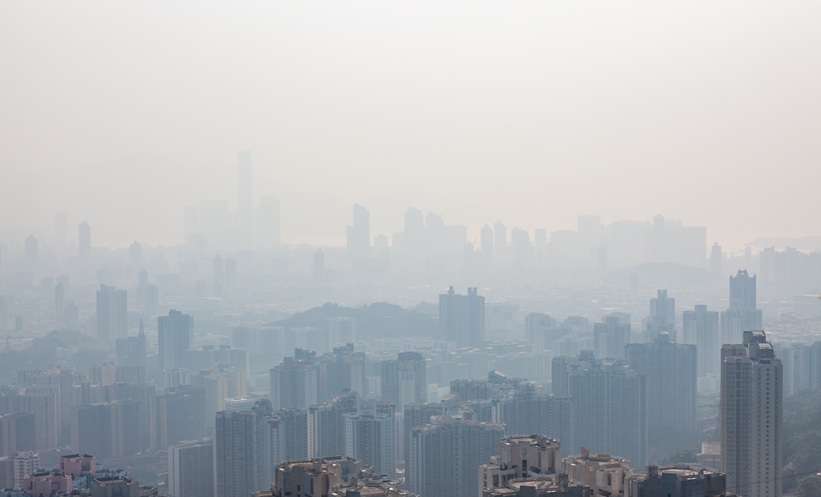METABOLIC dysfunction-associated steatotic liver disease (MASLD) affects about 30% of the global population and can progress to fibrosis, cirrhosis, hepatocellular cancer and death. Ageing amplifies this risk, raising concern that population ageing will intensify MASLD-related morbidity and healthcare demand. Emerging evidence also implicates air pollution in metabolic disorders common in later life, including dyslipidaemia, weight gain and impaired glucose homeostasis, while animal studies suggest pollutant-driven oxidative stress and inflammation can disrupt hepatic lipid and glucose metabolism and promote fibrogenesis.
Against this backdrop, a large community-based cross-sectional study from Xiamen, China, examined residents aged 65 years or older with MASLD to assess whether ambient air pollutants are associated with liver fibrosis. After adjustment for potential confounders, higher exposures to ozone (O₃), carbon monoxide (CO), sulphur dioxide (SO₂), fine particulate matter (PM₂.₅) and coarse particulate matter (PM₁₀) were each positively associated with liver fibrosis. When co-exposure was modelled, the pollutant mixture also increased risk, with PM₁₀ emerging as the main driver. Effect modifiers were noted: men showed stronger associations with nitrogen dioxide (NO₂); individuals with higher BMI and without diabetes appeared more susceptible to O₃; and inactive participants experienced greater risk at similar CO, SO₂ and PM₁₀ levels compared with active peers.
Notably, the positive O₃–fibrosis link aligned with some prior findings but diverged from reports in regions with much lower ambient O₃, suggesting concentration-dependent effects that merit further study. In two-pollutant models, initially positive associations for PM₂.₅ and O₃ attenuated after adjusting for PM₁₀, reflecting strong inter-pollutant correlations and the dominant independent effect of PM₁₀.
Proposed mechanisms include pollutant-induced oxidative stress, mitochondrial injury and mitophagy in hepatic stellate cells, alongside systemic inflammation, heightened insulin resistance and disturbed fatty-acid oxidation, pathways that collectively favour fibrotic remodelling.
The authors acknowledge limitations: fibrosis was screened non-invasively (MAF-5), exposures were assigned to fixed addresses without accounting for daily mobility, the cross-sectional design precludes causal inference, potential unmeasured confounding remains, exercise setting (indoor versus outdoor) and pollutant sources were not differentiated, and generalisability beyond southeastern China is uncertain.
Nevertheless, these findings strengthen the case that reducing exposure, particularly to PM₁₀, alongside promoting physical activity could help mitigate progression of MASLD-related fibrosis in older adults. Prospective cohorts and mechanistic studies are needed to refine causality and guide targeted public-health interventions.
Reference
Lan Y et al. Long-term exposure to air pollution and liver fibrosis in the elderly with MASLD. Sci Rep. 2025;15(1):29969.








